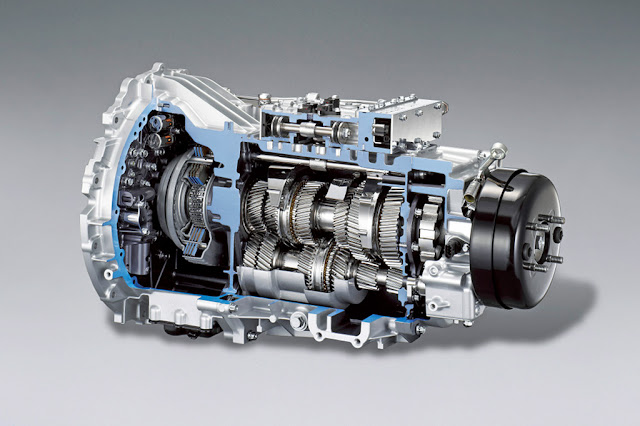From Forest to Factory: Tracing the Journey of Dissolving Pulp
From forest to factory, the journey of dissolving pulp encompasses a complex and fascinating process that transforms natural fibers into a versatile and eco-friendly material. This journey, involving sustainable forest management, sophisticated chemical processing, and innovative manufacturing techniques, is critical in meeting the growing demand for sustainable alternatives in various industries.
The journey begins with
responsible forest management and sustainable sourcing practices. Specially
designated trees, often fast-growing and abundant species like eucalyptus,
spruce, or beech, are carefully selected for their high cellulose content.
These trees are cultivated in well-managed forests where reforestation and
conservation efforts ensure a renewable and continuous supply of raw materials.
Certifications like the Forest Stewardship Council (FSC) provide assurance that
the wood is sourced ethically and sustainably.
Once the trees reach maturity,
they are harvested and transported to the pulp mill. At the mill, the logs
undergo a series of processes to convert the wood into wood chips. These wood
chips are then subjected to chemical pulping techniques, such as the kraft or
sulfite process, which break down the wood fibers and separate the lignin,
hemicellulose, and other impurities from the cellulose.
Next, the cellulose-rich pulp is
further processed to create dissolving pulp. This involves a unique and precise
chemical treatment that removes almost all non-cellulosic components, resulting
in a highly purified cellulose material. The pulping process may involve
caustic soda (sodium hydroxide) or other alkaline solutions, depending on the
desired properties of the final product.
Following pulping, the dissolving
pulp is bleached to achieve the desired brightness and purity. Bleaching agents
like chlorine dioxide or hydrogen peroxide are used, and efforts are made to
minimize the release of harmful byproducts through advanced waste treatment
systems.
The processed dissolving pulp is
then transformed into various forms depending on its application. For textiles,
the pulp may be dissolved in a solvent and extruded through fine spinnerets to
create continuous filaments, as in the case of lyocell production.
Alternatively, it may be treated with various chemical processes to produce
staple fibers for viscose production.
One of the primary drivers of the
dissolving
pulp market is the textile industry. Fabrics made from dissolving pulp,
such as lyocell and viscose, offer a more sustainable alternative to
traditional materials like cotton and polyester. As consumers become more
conscious of their environmental impact, the demand for clothing and textiles
made from dissolving pulp-based fibers is surging.
The applications of dissolving
pulp are diverse and growing. It serves as a sustainable raw material for
textile fibers, including lyocell, viscose, and acetate, which are used in
clothing, home textiles, and industrial applications. Additionally, dissolving
pulp plays a crucial role in the production of bio-based chemicals,
biodegradable plastics, films, and packaging materials, offering eco-friendly
alternatives to traditional petroleum-based products.
Throughout the journey from
forest to factory, sustainability is a guiding principle. The responsible
management of forests ensures a continuous supply of raw materials while
preserving biodiversity and carbon sequestration. Advanced pulping and processing
technologies minimize environmental impact, reducing water usage and waste
generation. Additionally, the application of dissolving
pulp in various eco-friendly industries contributes to a circular economy,
where products are designed to be reused, recycled, or biodegraded.
The journey of dissolving pulp
from forest to factory showcases the interplay between sustainable forestry,
advanced chemical processes, and innovative applications. As industries and
consumers increasingly prioritize sustainability, dissolving pulp emerges as a
crucial element in driving positive environmental change, ushering in a future
where renewable and eco-friendly materials lead the way to a more sustainable
world.


%20Market1.png)
Comments
Post a Comment